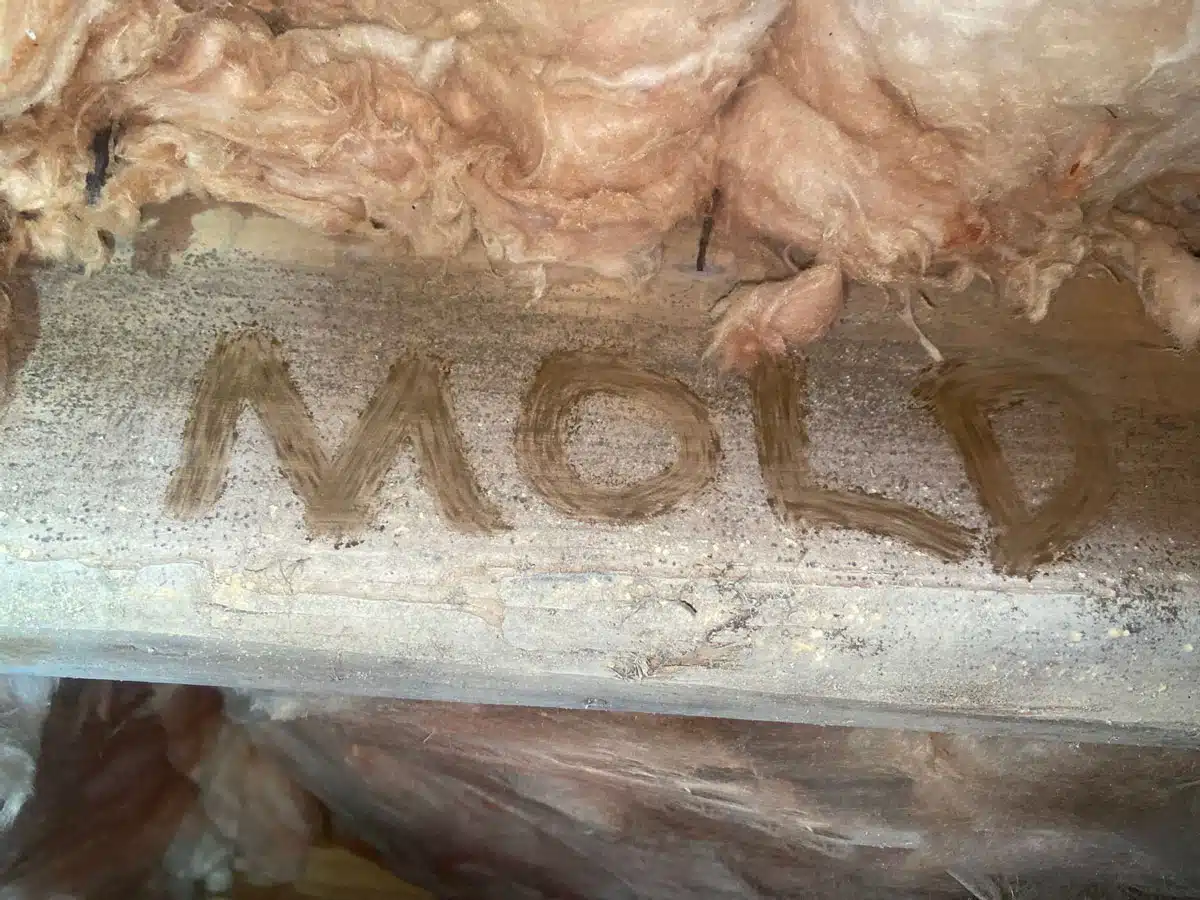Common Crawl Space Problems
Nick Luzak

Crawl spaces are often out of sight and out of mind but affect your everyday life when it comes to your indoor air quality and energy efficiency.
Mold:
Mold is one of the biggest problems caused by wet crawl spaces. Not only does mold affect the air you breathe, but it can also cause extensive structural damage if left unchecked. Mold only needs two things to grow, an organic food source and moisture. Mold is typically found on floor joists, girders, and insulation.
Vented Crawl Spaces:
Vented crawl spaces just flat out do not work in our climate here in Delaware. The hot and humid air is let into the crawl space and mixes with the cool crawl space. This causes condensation which just adds more unwanted moisture to the area.
Groundwater Intrusion:
Groundwater intrusion is a large problem in our area. With the crawl space below grade and high-water tables, groundwater finds its way into many crawl spaces.
Other Moisture Contributors:
Things like leaking pipes, HVAC condensate lines, and dryer vents that discharge into the crawl space all add unwanted moisture to the area.
Insulation:
When subject to high levels of moisture, fiberglass insulation starts to sag down and fall out of place. This greatly reduces the effective R-Value. We also quite often find that insulation was improperly installed from the beginning. Poor insulation can cause comfort issues like cold floors in the wintertime. This will also increase your energy consumption and utility bills.
Duct Work:
Many crawl spaces have duct work in them. It is common to see ductwork that has not been properly sealed or is damaged and wide open to the crawl space. Whether it be on the supply or return side, this can negatively impact your efficiency, comfort and life of your HVAC equipment.
